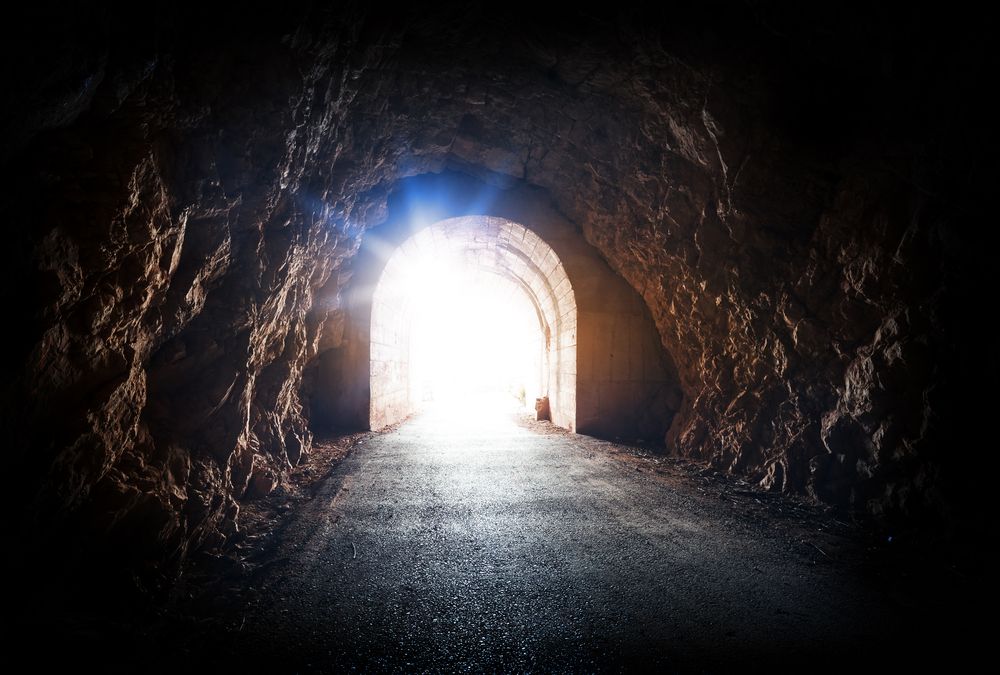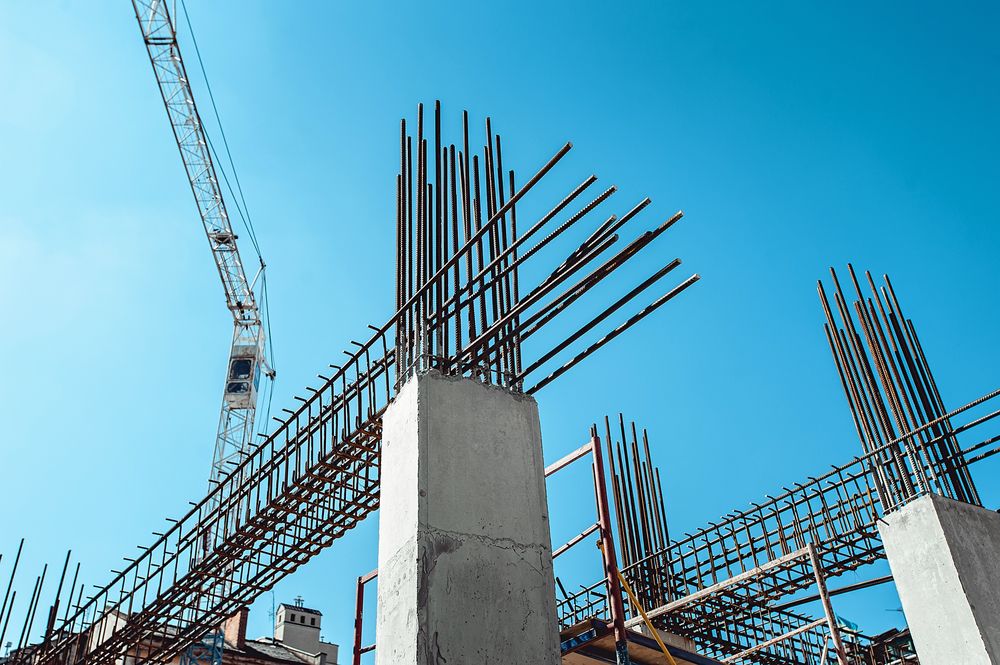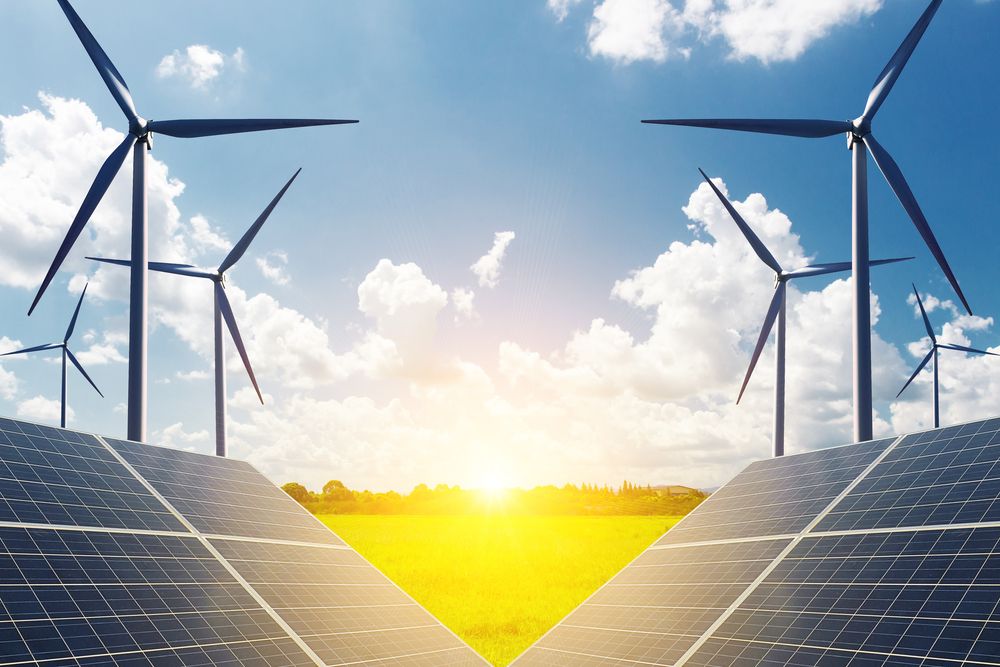By Michael Tobias
The coronavirus pandemic has had a substantial effect on the global energy sector, reducing demand and threatening investment prospects. All types of energy have been affected across the broadest spectrum, incorporating fossil fuels, renewable energy, and everything in-between.
Of course, this also threatens our lives and the way we live them. But there could be a very bright light at the end of the tunnel because the rampant disease has also highlighted the need for us to develop access to clean, sustainable energy sources much more quickly than we might otherwise have done. Quite simply, without sustainable energy systems that are strong and resilient, countries cannot withstand shocks like global pandemics and worldwide economic crises like those we are experiencing right now.
The Race to Achieve Net-Zero Energy Goals
The Net Zero Carbon Buildings Commitment, which is in line with the well-publicized objectives of the 2018 Paris Agreement, aims to reduce embodied carbon emitted from new and renovated buildings by 40%, and ensure that all new buildings are net-zero operational carbon by 2030. By 2050, the goal is for all buildings to be net-zero embodied and operational carbon.
All newly constructed buildings should be net-zero by 2030. Picture: Shutterstock
Embodied carbon relates to emissions that are due to, or caused directly by, the materials and processes that are used for construction. Operational carbon emissions result during the use and operation of buildings.
World leaders and governments have a crucial role in working towards this reality because it requires not only commitment but investment as well. On the ground, the implementation is dependent on building owners and operators, as well as professionals working in the construction, transportation, and various manufacturing industries including architects and designers, as well as the whole spectrum of engineers who work in various areas including heating, ventilation, and air-conditioning (HVAC), and those who offer plumbing, electrical, or mechanical engineering services.
Before anyone had even dreamt of the global pandemic that beset the world earlier this year there were fears that the Commitment would fall short of its stated timeframe. There is no way of knowing how long this crisis will last and just how badly it will impact the fundamentals of global trade and business of all kinds around the world. There are still lockdown measures being taken in many countries and cities. But the International Energy Agency (IEA) is hopeful that as governments plan for recovery from the coronavirus and all its effects, the need to meet global net-zero energy goals will be highlighted as essential.
A Sustainable Recovery Plan from COVID-19
In June 2020, the IEA published a Sustainable Recovery Plan that offers guidelines for governments all over the world to take steps that will help to repair the tremendous damage that has been caused by the pandemic. Ultimately, the aim is to put the world as a whole on a stronger footing than it was before, both to return to some sort of normality and to make it more resilient than it was before.
Analysts employed by the IEA have addressed the many core issues of the current global recession and soaring unemployment in virtually every country in the world. Being the key global agency for energy, they also took into account the vital challenges related to achieving cleaner energy systems that are more secure and dependable.
Clean energy systems are sustainable and more resilient. Picture: Shutterstock
With an unprecedented 20% decrease in investment in global energy of all kinds expected for 2020, they identified a plan of action for recovery that the IEA believes will shape both economic and energy infrastructure for the future. If governments choose to follow it, there is a possibility that the long-term climate and energy goals, including the Net Zero Carbon Buildings Commitment, can be achieved.
The plan, which was discussed by most of the world leaders in the energy sector at a virtual Clean Energy Transitions Summit on 9 July, has three primary goals:
- Create jobs
- Boost economic growth
- Build cleaner, more resilient energy systems
It is scheduled to launch in 2021 and continue for three years.
Predictions are that the plan could create nearly 9 million new energy-related jobs in manufacturing and construction per year, with a total of 27 million employment opportunities predicted worldwide if the plan is followed globally. This, in itself, will help to boost economic growth.
While the sustainable energy plan will increase the share of energy supplied by low-carbon energy sources, existing systems need to be assessed and upgraded where possible. Water and HVAC systems should be included in these assessments, for example by ensuring that air quality in buildings is optimized and doesn’t create a risk for coronavirus infection. And of course, ventilation systems should be as energy-efficient as possible.
The Role of Clean Energy in the Recovery Plan
As stated above, COVID-19 has highlighted the need for sustainable energy systems that will withstand all manner of disruption. This is, of course, in the interests of the health and well-being of everyone.
Governments have been busy with their own individual emergency and recovery plans for some time already. But even though the energy sector features in many of them, it isn’t a primary target or goal as it is in the IEA plan, which identifies three key areas:
- The need for energy security coupled with opportunities that are provided by lower prices.
- The need to reaffirm or revise the commitment to transition to clean energy. Happily, there are several countries in the European Union that have either implemented or are considering ways to accelerate this transition. Some other countries have committed to increasing funding of specific projects and/or improved strategies that will lead to more clean energy more quickly. On the other hand, some countries have chosen to delay decisions that are related to clean-energy transition.
- Support measures for energy companies and consumers. These range from payment deferrals to subsidization and loans.
Clean energy also featured in the recovery plans that were instituted after the 2008/2009 financial crash. While some meaningful steps were taken, particularly in relation to wind and solar photovoltaic technologies and gas and electricity networks, ironically, the recovery plan was carbon-intensive. The experience did though show that:
- It is essential to scale up existing policies in order to deliver the biggest returns in terms of employment and the economy.
- It is critical to be ready technologically, which is why research and development (R&D) is so important.
- If large infrastructure projects are going to meet expectations, they need to be carefully appraised and well managed.
- Synchronizing training with stimulus spending on clean energy makes the investment more worthwhile.
- Stimulus funding should be aligned with long-term price signals like carbon prices to be effective.
The value of the race to achieve a net-zero world environment is indisputable and there is no feasible argument that it is necessary, for any reason, to slow it down.
Very clearly, investment in the energy sector will not only boost growth and economies, but it will also provide desperately needed jobs. It will make energy more reliable and resilient and ultimately more affordable, allowing millions of people without access to electricity and clean cooking methods to start living an easier, healthier life.
However, for the plan to work it’s going to need energy projects that are in an advanced stage of planning or under construction, and there will need to be a strong pipeline of projected new projects. Sectors within the energy industry that have been more severely impacted by the pandemic are likely to need government support to keep operating.
There is an urgent need for investment, both from governments and private financiers, as well as international co-operation. If several countries utilize and invest in one particular clean energy technology it’s likely to cost less in the long run because input could be shared.
The IEA believes a global sustainable recovery is possible. Let’s hope they are right and that enough countries join forces to make it happen.
Michael Tobias is the founder and principal of Nearby Engineers and New York Engineers, an Inc 5000 Fastest Growing Company in America. He leads a team of more than 30 mechanical, electrical, plumbing, and fire protection engineers from the company headquarters in New York City, and has led numerous projects in New York, New Jersey, Chicago, Pennsylvania, Connecticut, Florida, Maryland, and California, as well as Singapore and Malaysia. He specializes in sustainable building technology and is a member of the U.S. Green Building Council.




